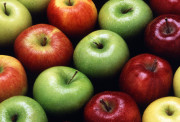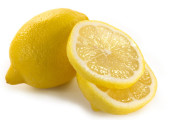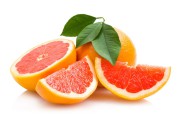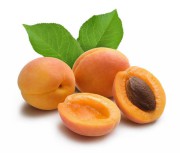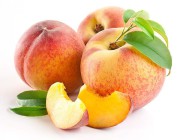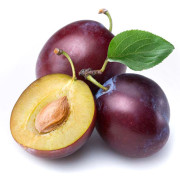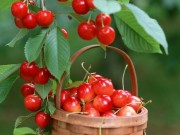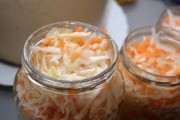Fruits
About apples: description, properties, characteristics, vitamins and calorie content. What are the benefits of apples and are they harmful to health?
It is believed that apples came to Europe from Central Asia. Over the long period of human consumption of these useful fruits, a huge number of different varieties of apple trees have been developed, differing in ripening time and taste.
Beautiful quince - tree and fruits: description, properties, benefits and harm to the body.
Quince is a fruit tree reaching 5 meters in height. It has oval leaves covered with hairs underneath. The quince fruit is also hairy, oval or pear-shaped. Quince was brought to us from Asia. Today it grows in Ukraine, Moldova and Central Asia. This crop is valued for its fragrant fruits and can be used as a pear rootstock. This plant is propagated by seeds, layering and cuttings. Its fruits are eaten raw and used in cooking. Quinces are used to prepare compotes, pie fillings, jams, jelly and seasonings for meat dishes.
The benefits and harms of lemons. Properties, composition and benefits of lemon for the body and weight loss.
Lemon is a popular citrus fruit. Southeast Asia is considered to be the birthplace of lemon. Today, lemon is cultivated in countries with tropical and subtropical climates.
Grapefruit - harm and beneficial properties. What are the benefits of grapefruit for the body of men and women?
The bittersweet, sour and shockingly refreshing taste of grapefruit is a little perplexing when you first try it. And then you can simply “fall in love” with it, like chocolate. But, in addition to its unusual taste and aroma, it is also a storehouse of vitamins, minerals, amino acids and other useful substances.
The benefits of pears and harm to the body. Composition, characteristics, properties and calorie content. What is the value or what vitamins are in the pear.
Homer's legendary "Odyssey" mentions wondrous fruits ripening in the gardens of the Persian king. These fruits were pears, which today are difficult to surprise anyone with.
The benefits of apricots and possible harm. What vitamins are in apricots? History, description and characteristics.
Apricot is a fruit tree belonging to the plum genus, rose family. The fruit of the tree is the apricot, a bright, orange-yellow seeded fruit with soft, juicy flesh and a sweet or sour taste.
Benefits of peaches and harm to health. History, description, calorie content and other beneficial properties of peach.
The history of people's acquaintance with wild peach began 4 thousand years ago in distant China. By growing and caring for these wonderful trees, the Chinese cultivated the peach, and in this form it became widespread in India, Iran and many Asian countries. Thanks to Alexander the Great, peach culture reached southern European countries, and later reached central Europe. But peach trees grow best in countries with a tropical climate, which are the largest exporters in the world - China, India, Italy, Greece.
Plum - beneficial properties and contraindications: description, vitamins and calorie content of plum.
Plum is a fruit tree belonging to the rose family, subfamily of plum or almond. The fruit of the tree is a plum, which can be small, medium or very large; the color of the ripe fruit is blue, dark purple or almost black (this depends on the type of tree).
Cherry: description, characteristics, beneficial properties and harm of cherries.
Cherry is a shrub or low tree, no higher than 7 meters, from the rose family, belonging to the plum genus. Its fruits are round in shape and dark red in color. Cherries are original in their structure: a bright, glossy shell hides delicious, juicy pulp and a small pit.
Delicious, sweet, fresh cherries: description, fruit, taste. How to preserve the beneficial properties of cherries in winter.
Cherry is a woody plant and belongs to the Rosaceae family. It got its name from the English “cherry”. But the opinion that cherries arose as a result of cherry breeding is erroneous.

